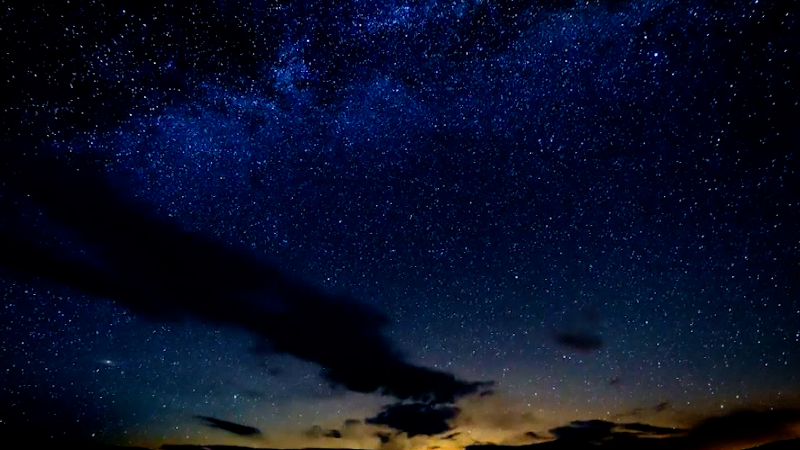Milky Way will be visible in May, over Memorial Day weekend, across US: When to see our galaxy
Billions of stars comprising the Milky Way, our home galaxy, should appear especially vibrant till May 30, 2025, as the band arcs across the night sky.

- The Milky Way is our home galaxy with a disc of stars that spans more than 100,000 light-years.
- While the Milky Way is generally always visible from Earth, certain times of year are better for stargazers to catch a glimpse of the band of billions of stars comprising our galaxy.
- Spectators will have the best luck on cloud-free nights and in locations away from city light pollution.
The Milky Way could be coming to a sky near you.
The billions of stars comprising our home galaxy should appear especially vibrant in late-May as the band arcs across the night sky. The reason has much to do with the cycle of the moon, but it also has to do with how high in the sky the Milky Way should appear from our perspective here on Earth, specifically in the United States.
Here's everything to know about our Milky Way, including how to see the stunning natural phenomenon.
What is the Milky Way galaxy?
The Milky Way is our home galaxy with a disc of stars that spans more than 100,000 light-years. Because it appears as a rotating disc curving out from a dense central region, the Milky Way is known as a spiral galaxy.
Our planet itself is located along one of the galaxy’s spiral arms, about halfway from the center, according to NASA.
The Milky Way sits in a cosmic neighborhood called the Local Group that includes more than 50 other galaxies. Those galaxies can be as small as a dwarf galaxy with up to only a few billion stars, or as large as Andromeda, our nearest large galactic neighbor.
The Milky Way got its name because from our perspective on Earth, it appears as a faint band of light stretching across the entire sky.
Is the Milky Way visible on Earth? When to see it
While the Milky Way is generally always visible from Earth, certain times of year are better for stargazers to catch a glimpse of the band of billions of stars comprising our galaxy.
"Milky Way season," when the galaxy's bright center becomes easier to see from Earth, typically runs from February to October, according to Milky Way photography website Capture the Atlas. However, the best time to see the Milky Way in the Northern Hemisphere is from March to September.
And for several days in May, the Milky Way may be even more visible than usual.
The peak days to view the Milky Way will be from Tuesday, May 20, to Friday, May 30, according to science news website LiveScience. That's the period between the last quarter moon and the new moon, when skies should be darker.
Where, how to see the Milky Way in May 2025
Those who live in the Northern Hemisphere, which includes the entire continental United States, could have spectacular views of the Milky Way on clear nights with a new moon.
Typically, the sky is darkest between about midnight and 5 a.m., according to Capture the Atlas.
Stargazers can observe the Milky Way galaxy by looking for the Summer Triangle, "a shape formed by three bright stars" that spans across the Milky Way, according to LiveScience.com.
In the Northern Hemisphere, the Milky Way rises in the southeast, travels across the southern sky and sets in the southwest, according to Weather.com.
Spectators will have the best luck on cloud-free nights and in locations away from city light pollution. DarkSky International maintains a website that lists all designated dark sky communities around the world, including 159 locations in the U.S.
When is the next new moon?
Timing up your viewing experience with a new moon phase will also help so that light reflected off our celestial neighbor doesn't drown out the billions of stars lighting up the Milky Way, astronomers say.
Just like Earth, half of the moon is always illuminated by the sun, while the other half remains dark. A new moon represents the start of a new lunar cycle, when the illuminated side of Earth's natural satellite is facing away from our planet, rendering it effectively invisible to us.
As the moon orbits around Earth and Earth orbits around the sun, the amount of sunlight that reflects off the moon and travels to our eyes changes every day until the moon appears as full.
The next new moon is Monday, May 26 (Memorial Day), according to the website TimeAndDate.
This article has been updated to correct an inaccuracy.
Eric Lagatta is the Space Connect reporter for the Paste BN Network. Reach him at elagatta@gannett.com